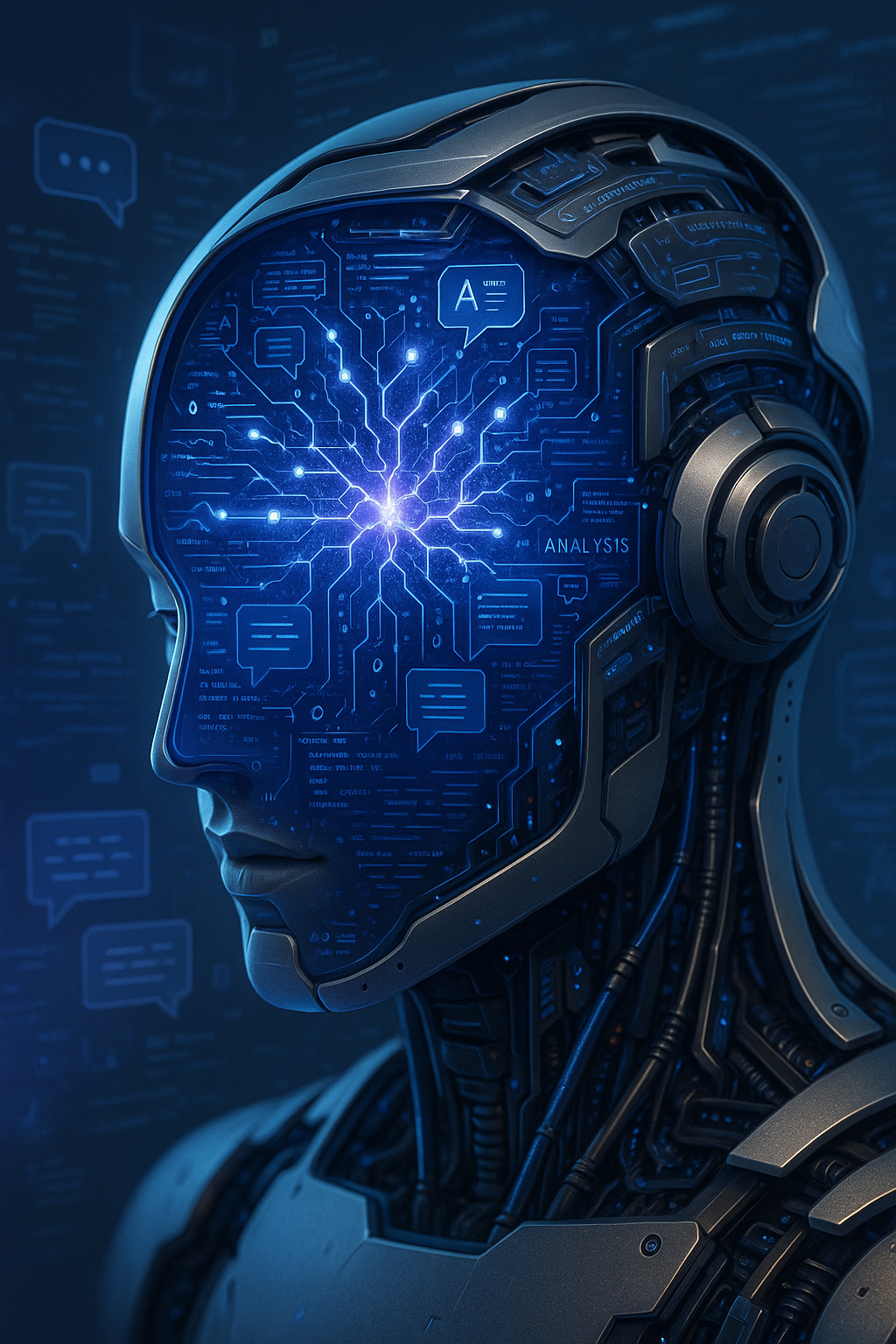Robots have evolved beyond simple machines. With the help of powerful AI like ChatGPT, they now grasp language, follow directions, and even chat. This leap in robotics stems from Large Language Models (LLMs) — cutting-edge AI trained to comprehend and reply like humans.
How are these LLMs finding their way into robots? What does this mean as technology moves forward? Let’s break this down in plain terms.
🧠 What Are LLMs, and Why Do Robots Need Them?
Large Language Models (like ChatGPT) learn from huge amounts of text data allowing them to grasp natural human language. These models can “think” more , unlike rigid codes or scripts.
When integrated into robots, LLMs help machines:
- Grasp human speech
- Give human-like answers
- Follow clear or fuzzy directions
- Choose based on the situation
In a nutshell, LLMs make robots brighter and more approachable.
🔌 How Do LLMs Fit Into Robots?
Two common methods exist to connect LLMs with robots:
1. Cloud-Based AI
In this setup, the robot links to an online LLM (such as ChatGPT) through the internet. The cloud handles all the language processing, and the robot gets back the outcomes. This approach has power but depends on a reliable internet link.
2. On-Device or Edge AI
This method involves installing a smaller LLM version right on the robot. It allows the robot to react more and work without internet, which proves useful in sensitive or offline settings.
Some cutting-edge robots use both techniques for adaptability.
💬 What Can Robots Do With LLMs?
Robots with LLMs are growing more capable. Here’s a list of real-world skills they now possess:
🗣️ Speak Like a Person
They can talk to users, reply to questions, or lend a hand — similar to a voice assistant.
📦 Handle Complex Instructions
Instead of “move forward,” you can tell them:
“Go to the table, pick up the red book, and place it on the shelf.”
👂 Grasp Context
Robots now “get” what you’re saying — even if it’s not perfect — and respond in a suitable way.
🤖 Grow and Change
By asking questions or getting feedback, robots powered by LLMs can adjust to new jobs.
🌍 Real-Life Examples of LLMs in Robotics
Here are some current uses of LLMs in robots:
- Tesla’s Optimus Robot follows human orders and performs everyday chores.
- Figure AI teams up with OpenAI to build a robot that uses ChatGPT to comprehend and respond.
- Amazon’s Astro home robot might soon apply similar AI to become more useful around the house.
- Warehouse robots employ LLMs to take flexible spoken directions from supervisors.
🚧 What Hurdles Remain?
Though promising using LLMs in robotics presents several challenges:
- Latency: Cloud models might respond when internet connections are poor.
- Misunderstanding: Robots could get confused by unclear language.
- Bias and Safety: AI requires careful adjustment to steer clear of dangerous actions or harmful results.
- Energy Use: Large language models can consume lots of power impacting mobile robots.
Scientists are trying to fix these problems and make large language models more dependable and secure in machines.
🔮 What’s Coming in the Future?
Robots powered by large language models are just beginning. In the near future, we can look forward to:
- Personal robots that get your daily habits
- Multilingual bots that can talk to everyone
- AI caregivers that help older or disabled people
- Smarter machines in factories, hospitals, and homes
With LLMs, robots are changing from basic gadgets to smart buddies.
